Nextbit Robin review: a memory of its own
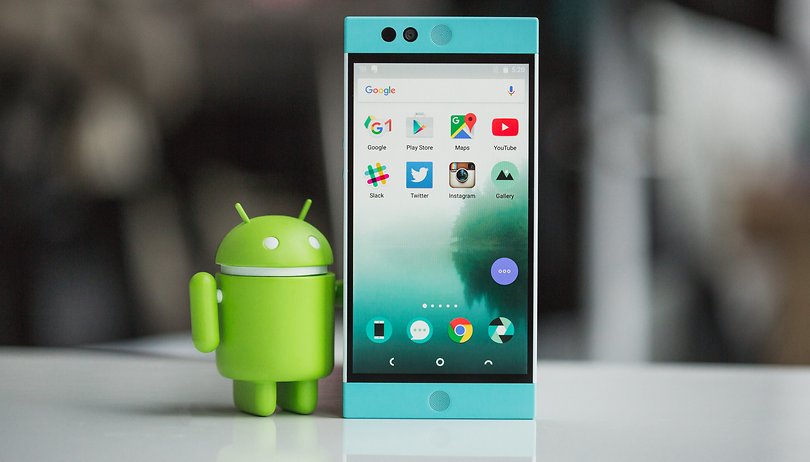
An annoyance everyone has dealt with: the memory of your smartphone is full. Only by removing apps, pictures and videos can new programs be installed. Three Android veterans Tom Moss, Scott Croyle and Mike Chan recognized this problem and set out to solve it with the Nextbit Robin. Each Robin can expand with 100 GB of internal memory thanks to its integrated cloud service. In our Nextbit Robin test you will learn about the strengths and weaknesses of this cloud smartphone.
- Best cloud storage apps
- Xiaomi Redmi Note 3 review
Update: Nextbit has dropped the price of the Robin to $299: head to the release date and price section for more.
Rating
Good
- Elegant design
- Attractive price
- Free 100 GB of cloud storage
- Intelligent storage managment
Bad
- Average battery
- Application weaknesses
- Camera app has bugs
- Quality of cameras is only average
Nextbit Robin release date and price
Initially, the Nextbit Robin could only be reserved through Kickstarter. Early backers could pre-order the cloud smartphone for only US$299. There were also special pre-ordering deals for other backers that ranged from $349 to $399. The campaign was completed quickly and the company surpassed their target of $500,000 and achieved $1,300,000, backed by 3,611 supporters.
The Nextbit Robin price at retail began at $349 when it launched in February, but this has now been slashed to $299. Nextbit announced the price reduction in a community post and reaffirmed that it includes free standard shipping. It's available in two color variants: Mint and Midnight.
Nextbit Robin design and build quality
There is not much of a distinction between the Nextbit Robin and other smartphones. The Robin is cubic, has two cameras and a large display that occupies between 60 to 80 percent of the front.
Nevertheless, Nextbit is distinguishable from other devices. While manufacturers such as Samsung, LG and HTC are making their smartphones more and more rounded, Scott Croyle, design chief at Nextbit and the former head of design at HTC, has gone the opposite way and designed the Robin to have edges and corners. The touch of the phone was still good because the corners are still slightly rounded and feel good.
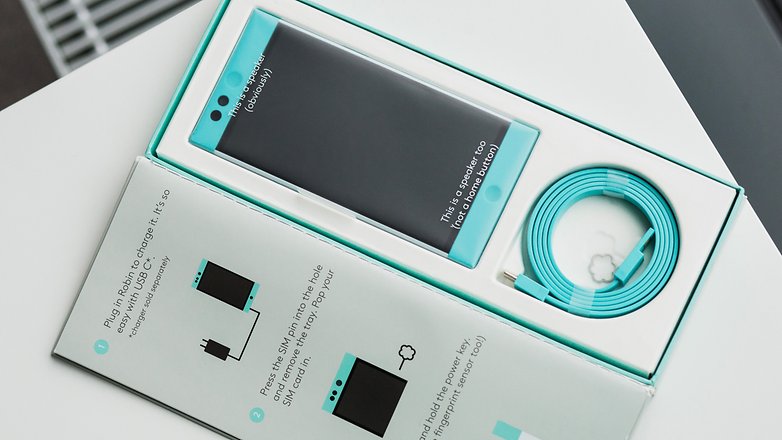
The front, of course, is dominated by the screen, limited by the two colored frames on the top and bottom. The upper frame contains the 5 MP front camera, the proximity sensor and one of the two speakers. Nextbit Robin founder Scott Croyle was responsible for the HTC smartphones and the One series. He has integrated a second speaker below the display in the Nextbit Robin, like in HTC smartphones.

The back of the Robin is plain and bicolor. In the upper part of the back, the 13 MP camera comes with a two-color LED flash. Below the camera is a small design feature of the Robin, an engraved cloud and four LEDs. The LEDs indicate when the Robin uploads apps, photos or other data to the cloud.
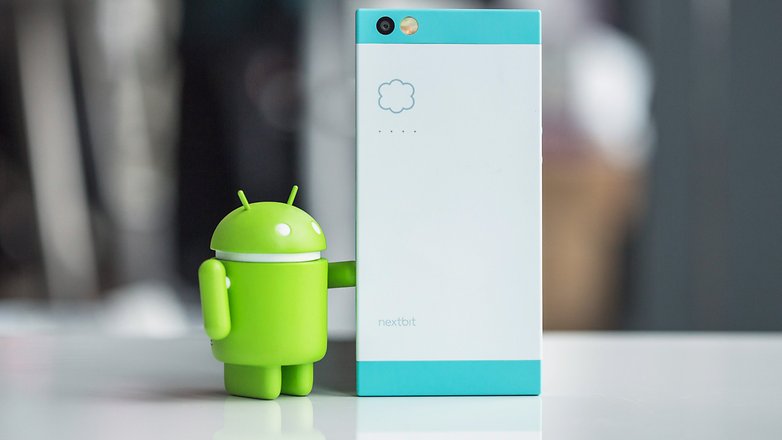
The power button is located on the right side and should have a fingerprint scanner, similar to the Sony Xperia Z5. The volume is controlled by circular keys in the left frame. The SIM card slot is directly below the power button. A microSD card slot is not provided because each Nextbit Robin user has 100 GB cloud storage available.
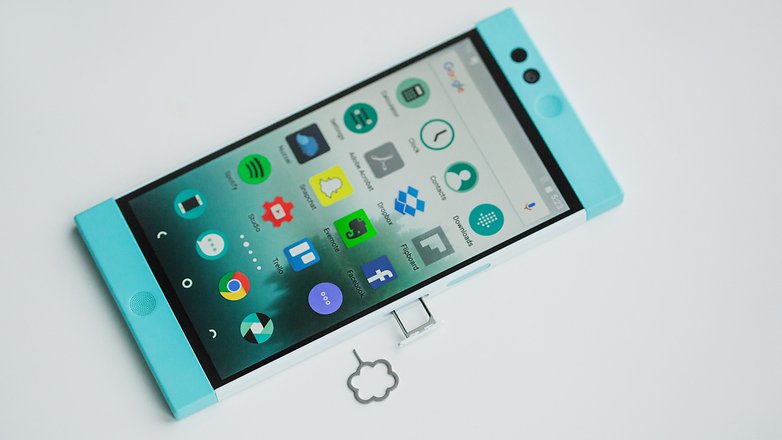
Headphones and headsets can be connected via an inset in the upper frame with a 3.5 mm jack. The 2,680 mAh battery is recharged via a USB Type-C connector. Unlike the OnePlus 2, this connection is a real USB 3.0 port.
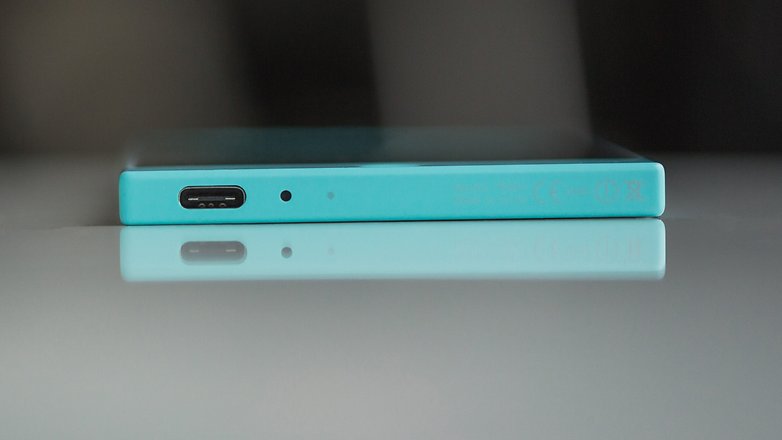
Nextbit Robin display
The Robin's 5.2-inch IPS display is fully HD. The Nextbit Robin seems a bit ancient in these times of WQHD, Edge and AMOLED displays. Despite the resolution of only 1,920 x 1,080 pixels, the display is very sharp, bright and stable from different viewing angles.
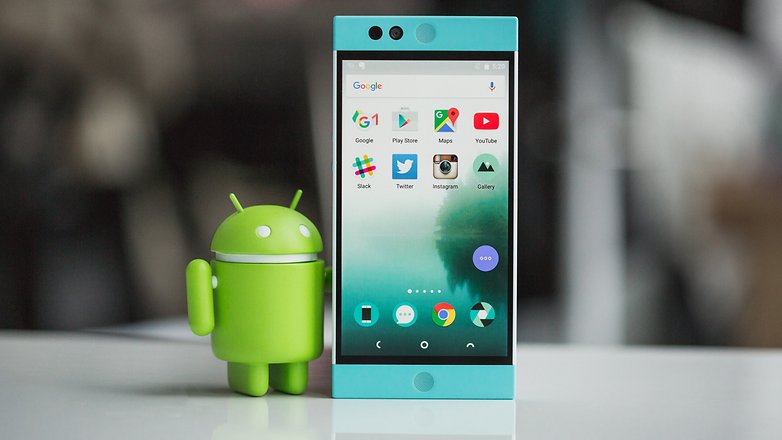
Unfortunately, a black frame is around the display. This is a drawback and is unpleasant to look at. We would have like the Robin to have used the entire surface of the display to provide a frameless viewing experience.
It is worth noting that the display is protected from scratches by Gorilla Glass 4. Unfortunately, the glass is highly reflective, so it is difficult to view in bright sunlight.
Nextbit Robin special features
In addition to the 100 GB of cloud storage and the corresponding intelligent storage management system, the Robin has a fingerprint sensor, which is embedded in the right side of the frame, as in the Sony Xperia Z5.
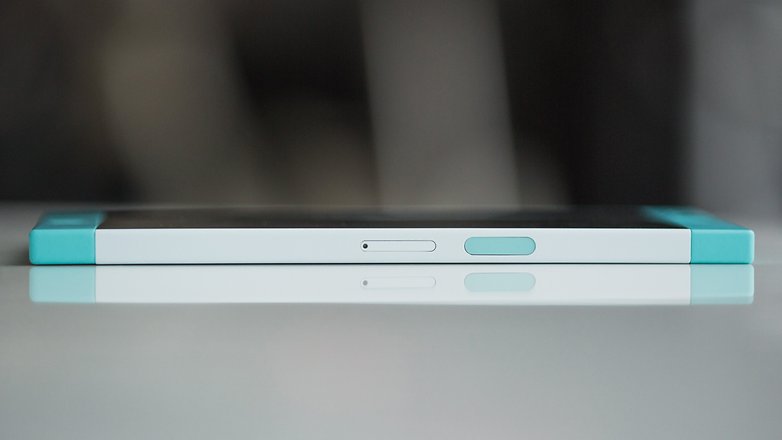
Unlocking the Robin with a fingerprint is better done before pushing the button. Only then does it activate the fingerprint sensor and read the biometric pattern. As the key is inserted in the frame, this can hardly be handled and thus unlocking the fingerprint sensor takes a little longer. At the beginning of the test, I often had to look where the key was. Over time, you get used to the placement of the sensor together with the key.
The real peculiarity of the Nextbit Robin is not the fingerprint sensor but is in the software.
Nextbit Robin software
Nextbit set the trend of the cloud smartphone with the Robin's customized version of Android 6.0 Marshmallow. The app drawer icon is not apparent at first glance. But Scott Croyle has told us that the app drawer is simply shifted only on the homescreen level. The widget view can be called when needed by holding the right on-screen for longer. Alternatively, the widget view can be accessed by pinching two fingers from outside to inside the display.
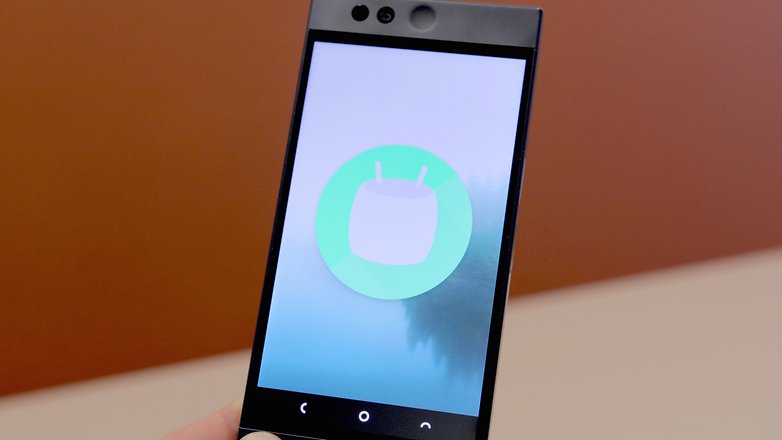
The highlight of the Robin is that the software automatically shifts Android app and photos on the cloud storage of Nextbit. Here, the Robin owner has to be careful because the device automatically determines whether an app hasn't been used in a long period of time. If so, then the APK apps will be moved without their associated user data in the cloud. To show this, the Robin puts the app in a grey shade.
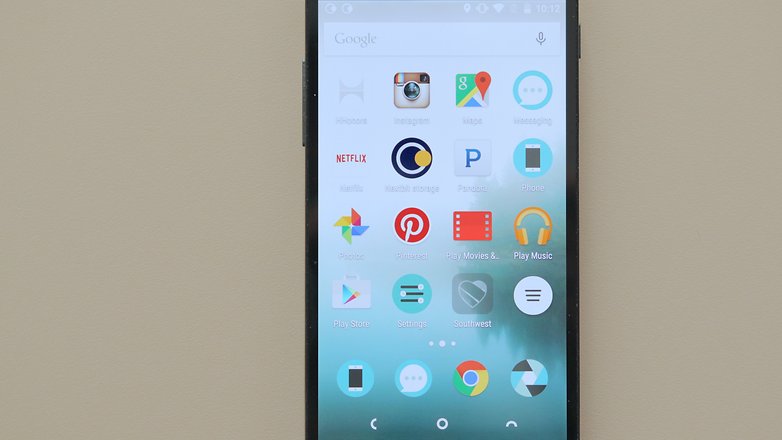
If you want to use the app that has been greyed out, then you just need to click on this icon shadow and the smartphone will connect with the cloud and download the associated APK again. When the the app is back on the device, the smartphone data can be included again. The bigger the app, the lower the connection speed and you should expect more latency. The progress is displayed as a small loading bar below the app icons. Once the app is back on the Robin, the icon will again be displayed in color.
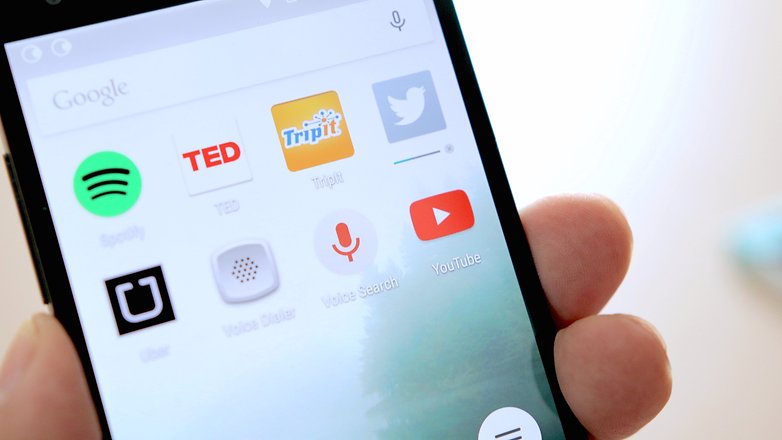
If you are worried about your data volume with the Robin's cloud storage, Nextbit designed it to automatically synchronize by default when the device is connected to a Wi-Fi network. You can only restore an app on your mobile network, but the Robin will ask you first if you really want to perform the action.
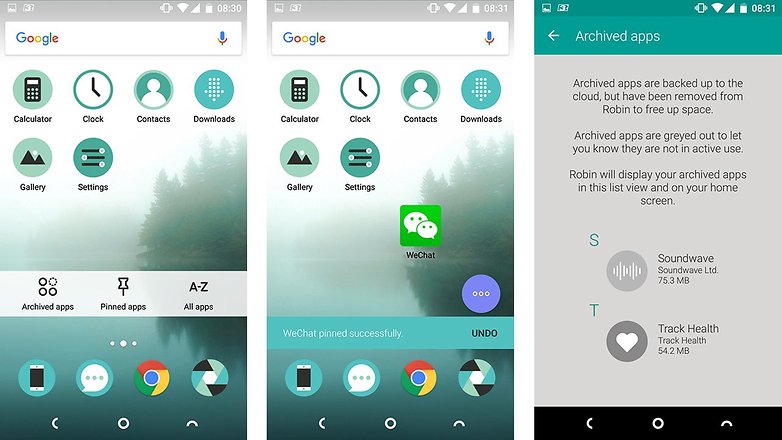
It is also possible that your specific apps are entirely excluded from synchronization, even if they are rarely used. This can be done in the settings.
Photos can be taxing on the internal memory of smartphones. It is not surprising then that the Nextbit software automatically shifts photos to the cloud. The Robin keeps a small thumbnail that the user can still view. You can then download the picture again to full resolution on your smartphone once again by tapping the original image. The action happens through the Wi-Fi connection as a default, just like with the apps. Because of popular demand, Nextbit has assured Robin buyers there is no unauthorized access to your private photos.
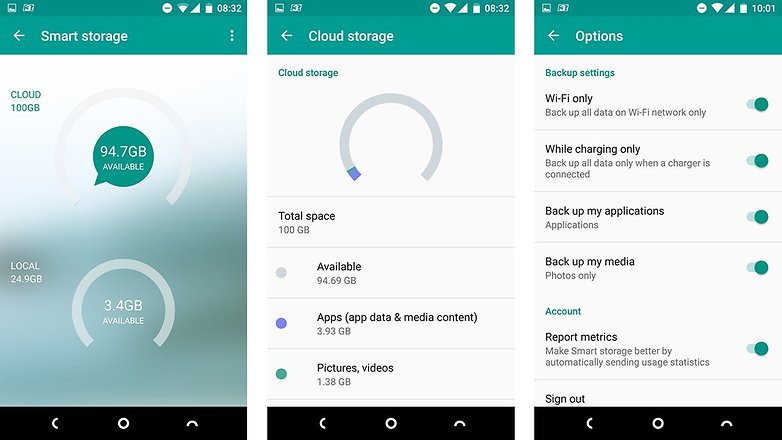
This is not the only data the Nextbit Robin can push to the cloud. Since video can be taken, we believe this data can be moved to the cloud later. Perhaps there is also a complete backup of the smartphone in the cloud download.

Nextbit Robin performance
The hardware equipped on the Nextbit Robin is similar to the LG G4, the Nexus 5X or even the Blackberry Priv. It comes equipped with a Snapdragon 808 hexa-core processor and 3 GB of RAM. The internal memory can store 32 GB of data, but in the case of the Robin this is secondary because of the 100 GB of cloud storage. Accordingly, it did away with the microSD slot for memory expansion. As already mentioned in the software section, once you get to your Wi-Fi connection, your Robin syncs with the cloud and releases disk space.
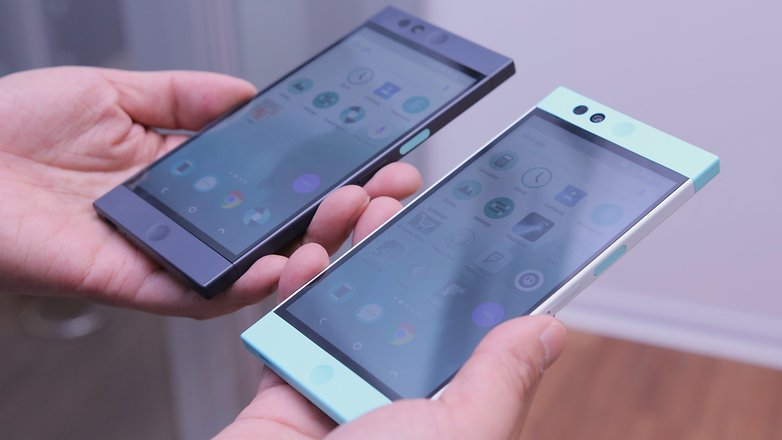
To illustrate the performance of the Nextbit Robin, we have made various benchmarks with the cloud smartphone. As a reference smartphone, we've used the Nexus 5X for comparison. The results can be found on the table below.
| Benchmarks | Nextbit Robin | Nexus 5X |
|---|---|---|
| GeekBench 3 Single-Core-Test | 1,117 | 918 |
| GeekBench 3 Multi-Core-Test | 3,282 | 3,100 |
| Vellamo Metal | 1,983 | 1,153 |
| Vellamo Multi-Core | 2,124 | 2,043 |
| AnTuTu 6.0.4 | 61,556 | 62,668 |
| Basemark X (medium) | 27,750 | 27,670 |
| Basemark X (high) | 17,763 | 16,613 |
The Nextbit Robin is, as can be seen in the table above, better than the Nexus 5X in almost all benchmarks. In addition, the Nextbit Robin's performance is not inhibited by intensive use or or rising temperatures. The Nexus 5X constantly has problems with this. So if you want a smartphone with a Snapdragon 808 processor, the Robin is a better choice than the 5X.
In everyday performance, the Robin has an advantage over the Nexus 5X. The apps and home screens are displayed smoothly and it is actually fun to use the smartphone.
Nextbit Robin audio
In terms of audio quality, the Nextbit Robin is very well equipped. It has front facing stereo speakers, a 3.5 mm jack port and Bluetooth 4.0 LTE.
The call quality is consistently good and we have nothing to complain about it. All audio could be understood well, even in noisy environments.

However, a smartphone is no longer just a device for making phone calls, it must also entertain. The Nextbit Robin meets the criteria for an entertainment smartphone from the volume perspective. Compromises were made in the sound quality of the speakers. The bass has low volume. Rattle begins as you get to higher volumes. Compared to a Nexus 5X or the LG G4 the stereo system is much more pleasant. But if you compare the speaker systems of the Nextbit Robin to the Nexus 6P, then the 6P is better.
Nextbit Robin camera
The Nextbit Robin has a 13 MP main camera, which has autofocus for quick focusing. A two-color LED flash brightens photos in low light. For selfies, there is a 5 MP camera.
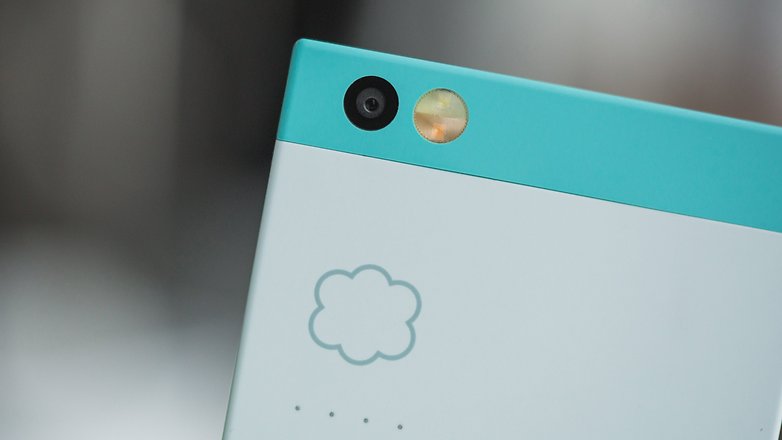
On paper, the camera equipment sounds good. But in our device test, the camera app has a few small problems. There is a delay between physical contact with the display and visual representation. Another annoying thing, is when the gallery is opened from the camera app, only the last recorded images are displayed. If you want to see all the pictures and screenshots, then you must start from the home screen from the gallery app.
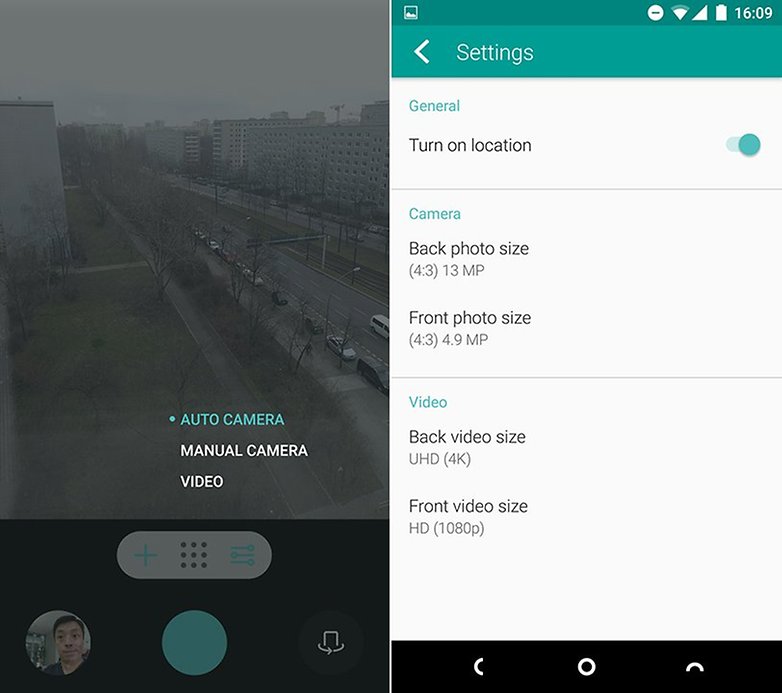
On request from us, Nextbit confirmed that bugs exist and are understood. The developers are working on improving them. It shouldn't be long until the patch for the camera app are set.
Otherwise, the camera app has a simple design at first glance but is unintuitive to use. Photos are triggered by holding the camera button for a long time. Different modes like HDR images, automatic and video mode are also included. Semi-professional smartphone photographers will enjoy the Nextbit Robin with a manual mode. In this mode you can have ISO, activate exposure compensation, white balance and manual focus. It does not have RAW mode, so some smartphone photographers could be unhappy with the Robin for this.
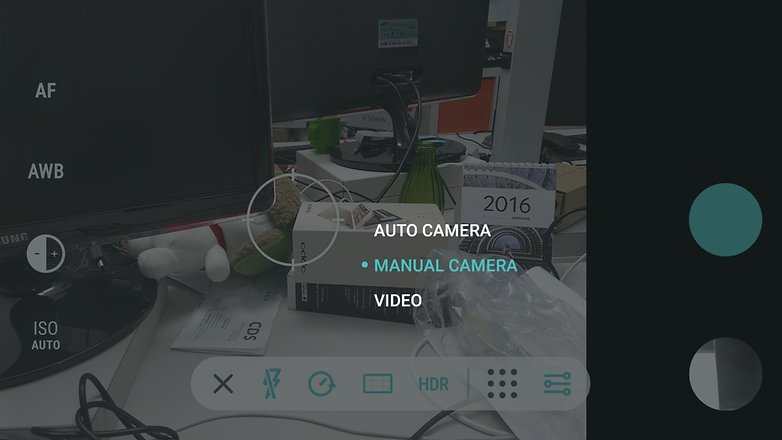
For image quality, the Nextbit Robin is only average. Photos with 13 MP in 4:3 format are fine but are uninspiring. When zooming in on the images, slight artifacts are visible. But for normal everyday use, for example, to document normal life, the camera is useful. The same also applies to the front camera. All of the test pictures are in full resolution and you can see them here.
You can see some more images taken with the Robin camera system below.
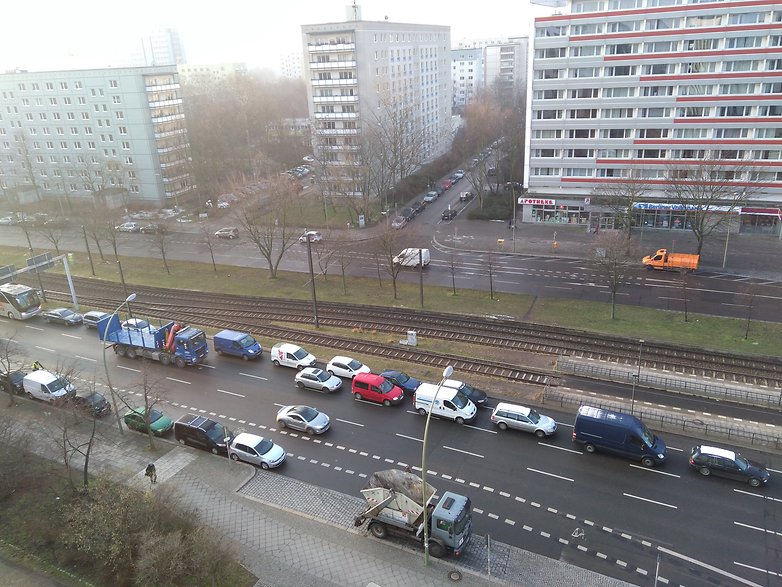

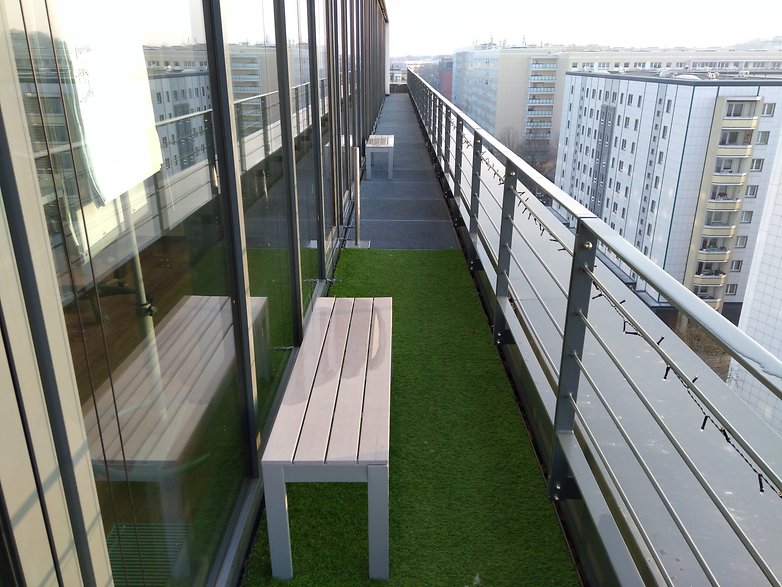


Nextbit Robin battery
You can tell from the pictures of the Nextbit Robin that the battery is not replaceable, and that is true. But the Robin is not alone because hardly any new smartphones on the market come with a replaceable battery.

The Robin's battery is well equipped with a 2,680 mAh battery. By comparision, the battery in Samsung's Galaxy S6 has only 2,550 mAh. In a battery benchmark, the Robin unfortunately did not perform as well as the Galaxy S6 batteries. On test day, the Robin stayed working the entire day with intensive use.

If the battery of the of the Robin gets prematurely empty with constant use, it can be quickly charged with Quick Charge 2.0 within 100 minutes. It's really a shame that the power adapter must be purchased separately with Quick Charge 2.0.
Nextbit Robin technical specifications
| Dimensions: | 149 x 72 x 7 mm |
|---|---|
| Weight: | 150 g |
| Battery size: | 2680 mAh |
| Screen size: | 5.2 in |
| Display technology: | LCD |
| Screen: | 1920 x 1080 pixels (294 ppi) |
| Front camera: | 5 megapixels |
| Rear camera: | 13 megapixels |
| Flashlight: | Dual-LED |
| RAM: | 3 GB |
| Internal storage: | 32 GB |
| Removable storage: | Not available |
| Chipset: | Qualcomm Snapdragon 808 |
| Connectivity: | HSPA, LTE, NFC, Bluetooth 4.0 |
Final verdict
The Nextbit Robin is a solid smartphone with an attractive polycarbonate case, which differs from the standard design of most smartphones. But the key to the Robin's power is not its hardware but its software. The connection of the cloud service is a good idea, and quite unique, to my knowledge no other manufacturer has done this. The function that makes photos visible through a thumbnail on the phone while the original data is stored in the cloud is very convenient. Photos can be viewed in the cloud in full resolution. This feature, until this time, was only available on iOS.
The Nextbit Robin has some downsides. I am not entirely convinced of the battery power, which is mediocre. The images from cameras are not great and the camera app is lacking. Nextbit still has some investment work to do in the development of the Robin's hardware and software.
It would be desirable the Nextbit releases the software for other smartphones for its own devices. Then owners of other smartphones could use the Nextbit software and take advantage of the cloud sync. This is quite unlikely because Nextbit's Co-founder and CEO, Tom Moss, is closely associated with CyanogenMod and serves as a board member of Cyanogen Inc. If he provided Nextbit software as an alternative firmware, it would put Nextbit and Cyanogen in direct competition. Therefore, we will probably not be seeing Nextbit's firmware for the Galaxy S6, the LG G4 or other smartphones in the near future.




Price has now dropped to just over $100 US. Seems this phone was not a value holding proposition. Outside of its launch there had been nothing about this phone. Guess it was a dead end idea without much adoption. Will there be a second version?
Well after reading article here it looks like it worth to buy and use but still gotta ask one question does this beast is available in india ?
what would be the state of someone who lost data connectivity or in case, a poor one?
I still remember the day when I wrote an article about Robin when it was about to release that was last year December that time ,I dont see anything so special in Robin because cloud is not safe and insecure and we have 128 GB Micro SD cards and phones that support them and 100 GB cloud storage doesnt really matter and also data charges suck.
Every tech site I ever go to always has people who don't understand how to USE the technology they are commenting on. People here just complain about the cloud part of the phone as though it's a deal breaker in the same way someone might argue that having an "unreliable" cell phone is bad compared to a land line....
You don't have to use the cloud feature. You can customize the cloud feature. It's a phone that looks nothing like the norm and is trying something new. Is there room for improvement, absolutely. But it's a phone that is trying to do something new and in the very least, it's still a phone that does what a phone needs to do. While Apple and Samsung were slapping each other around because they wanted to make the same phone essentially, these guys said "hey, let's make something that DOESN"T look like our main competition".
You don't have to rely on the cloud. The apps aren't stored in the cloud. They are backed up to the cloud only if you want. So that program you use 2% of the time, isn't taking up space 98% of the time. I personal don't have any backed up yet.
It's beautiful. It works. The USB-C is great. And it doesn't cost me an arm and a leg to replace cables all the time due to Apple's End to End control. And that comes from someone who has had an iphone since he started using smartphones with the iPhone 3.
That last sentence of yours explained a lot. You need to take some time and live in a world you didn't belong to, to actually understand.
Nothing
No idea
I like the look but not the colour, it shows what a great design team can do with a slab of plastic...
Best part is cloud storage.
Robin is the future.But today is not future.Data charge would kill me.
My thoughts precisely.
Your review is off base. The cloud is vastly unreliable, insecure, expensive to access and SLOW. I need it when I need it, not after syncing and waiting.
this concept might be very good in a near future where you always have a reliable connection for a good price. Sadly not now :/
Nope. I'm one of those who are not high on cloud storage. An instant no buy for me.
No deal. Cloud storage is completely unreliable unless you are permanently on wifi. There are so many places where you cant get decent 3g/4g reception.
Interesting idea, but I wouldn't want one, even as a gift. Rather use my own SD card then trust my data to someone else's computer/"cloud".
Ok lets talk your good points.
1) Design. Square corners may be elegant. They can also be damaged easier.
2) Price. At 350 to 400 dollars there are lots of cheaper option with equal specs.
3) 100 GB cloud storage. You say it is free? No you just pre paid it when you bought the phone. You will continue to pay for it though Wi-Fi and data usage charges.
4) Intelligent storage. There is nothing intelligent in using the cloud, and having all your data at some company's mercy. Being totally reliant on internet access. A Micro SD card is cheaper and safer.
I can't rely on the cloud. Too often is not available nor does my plan support that kind of data intensity. The idea is premature. We need better coverage, cheaper plans and faster data for this to be a reasonable solution.